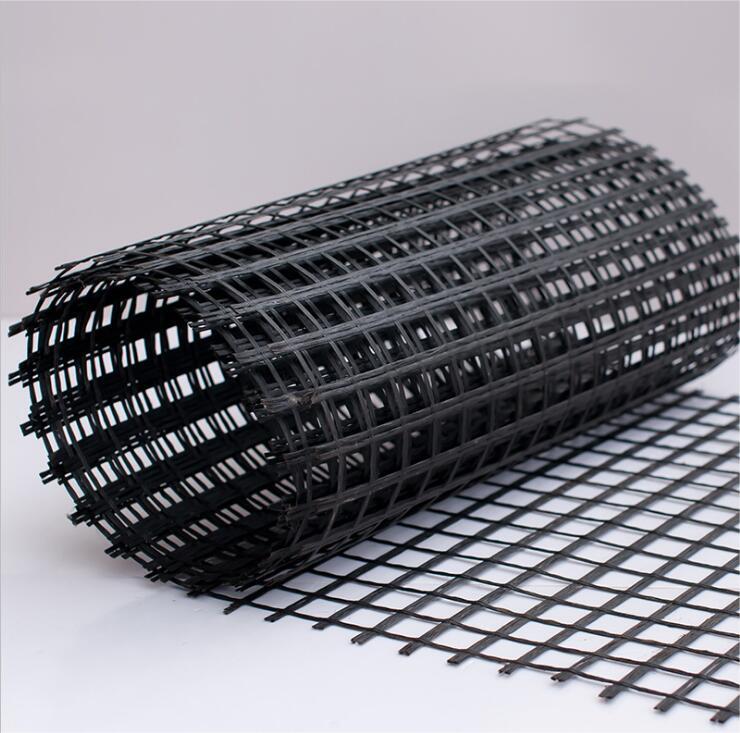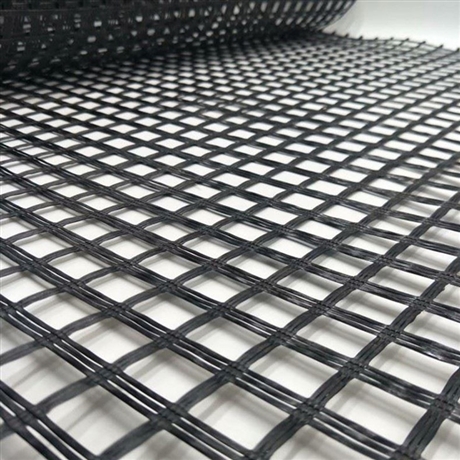characteristic
High strength, low creep, adaptable to various environmental soils, fully capable of meeting the requirements for tall retaining walls in high-grade highways.
It can effectively improve the interlocking and interlocking effect of the reinforced bearing surface, greatly enhance the bearing capacity of the foundation, effectively restrain the lateral displacement of the soil, and enhance the stability performance of the foundation.
Compared with traditional grilles, it has the characteristics of high strength, strong bearing capacity, corrosion resistance, anti-aging, high friction coefficient, uniform perforation, convenient construction, and long service life.

More suitable for deep-sea operations and embankment reinforcement, it fundamentally solves the technical problems of low strength, poor corrosion resistance, and short service life caused by long-term seawater erosion of other materials for making gabions.
It can effectively avoid construction damage caused by being crushed or damaged by machinery during the construction process.
application area
Suitable for enhancing the roadbed and pavement of various highways, railways, and airports.
Suitable for foundation reinforcement of large parking lots and dock cargo yards.
Suitable for slope protection of railways and highways.
Applicable culvert reinforcement.
Suitable for secondary reinforcement of soil slopes reinforced with unidirectional tensile geogrids, further enhancing soil slopes and preventing soil erosion.
Reinforcement of mines and tunnels.

purpose
Geogrid is suitable for various embankment and roadbed reinforcement, slope protection, and tunnel wall reinforcement. Foundation reinforcement for large airports, parking lots, dock cargo yards, etc.
Geogrid is used to increase the bearing capacity of road (ground) foundation and prolong its service life.
Geogrid is used to prevent road (ground) collapse or crack formation, and to maintain the appearance and neatness of the ground.
Geogrid is used for convenient construction, time-saving, labor-saving, shortened construction period, and reduced maintenance costs.
Geogrid is used to prevent cracks in culverts.
Geogrid is used to enhance soil slopes and prevent soil erosion.
Geogrid is used to reduce the thickness of the cushion layer and save costs.
Geogrid is used to support the stability and greening environment of slope grass planting mats.
Geogrids can effectively block the transmission of seismic forces and play an important role in enhancing the seismic stiffness, strength, and stability of embankments.
The successful application of geogrids is expected to reduce various common embankment diseases in high-intensity earthquake areas and improve the seismic and disaster reduction capabilities of roads. However, the current seismic design standards for highways and railways have not made corresponding provisions for the seismic performance of geogrid reinforced embankments.
Post time: Apr-10-2025

